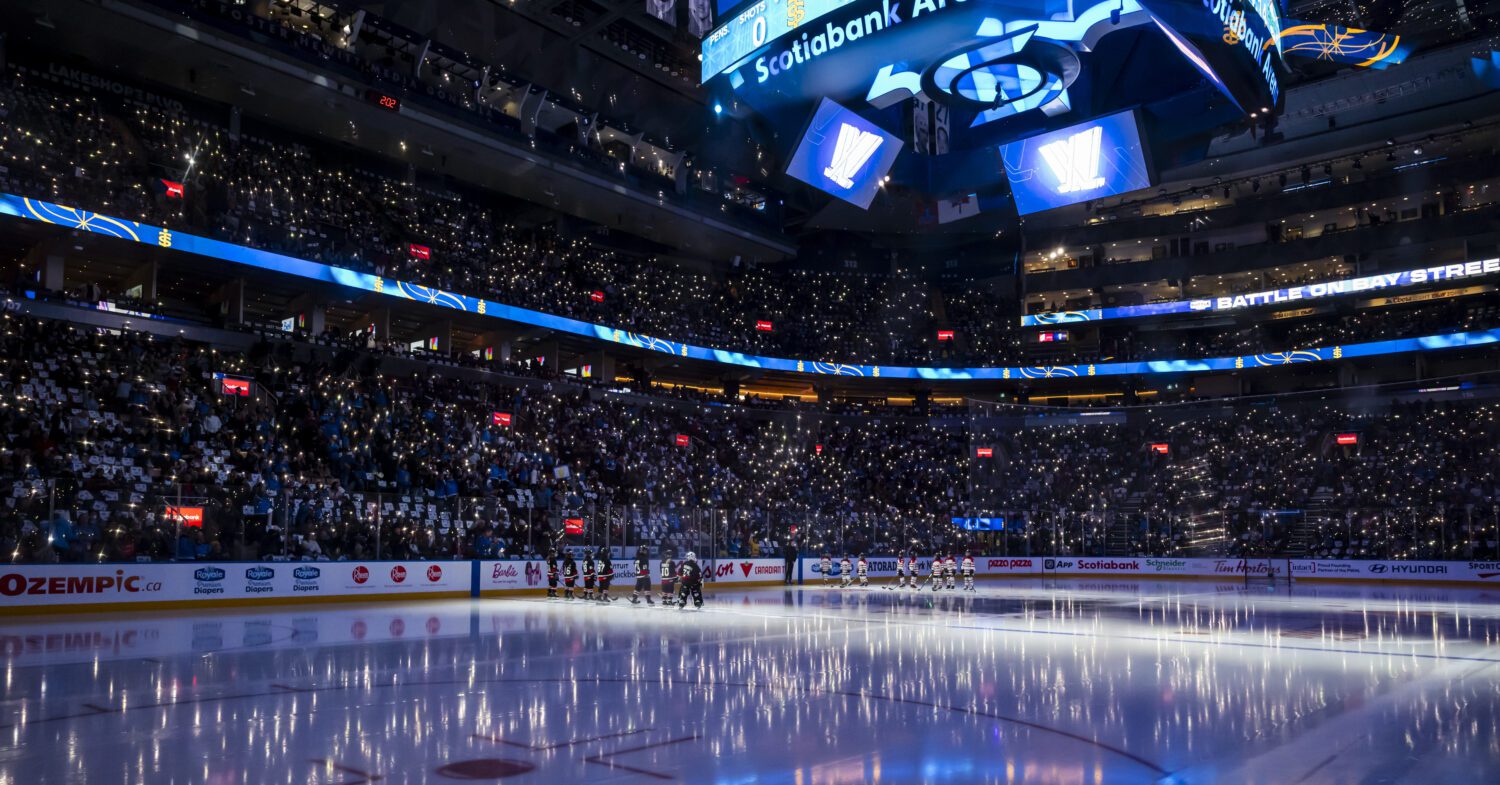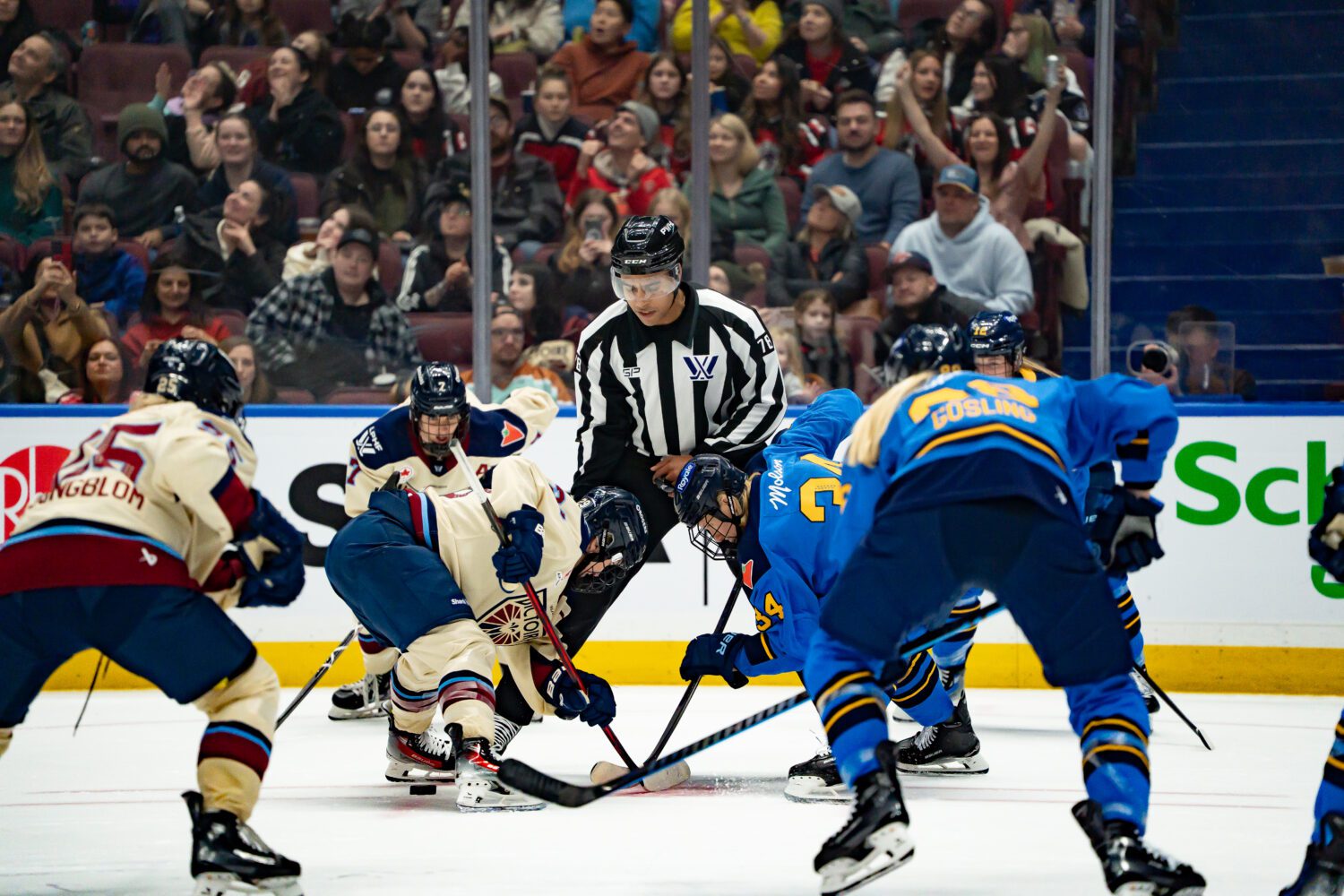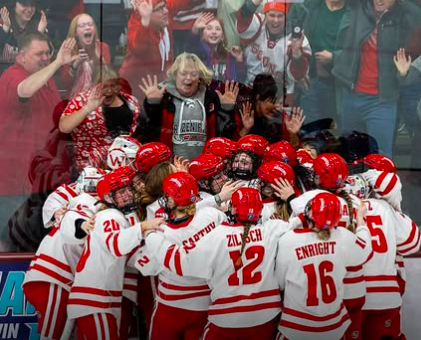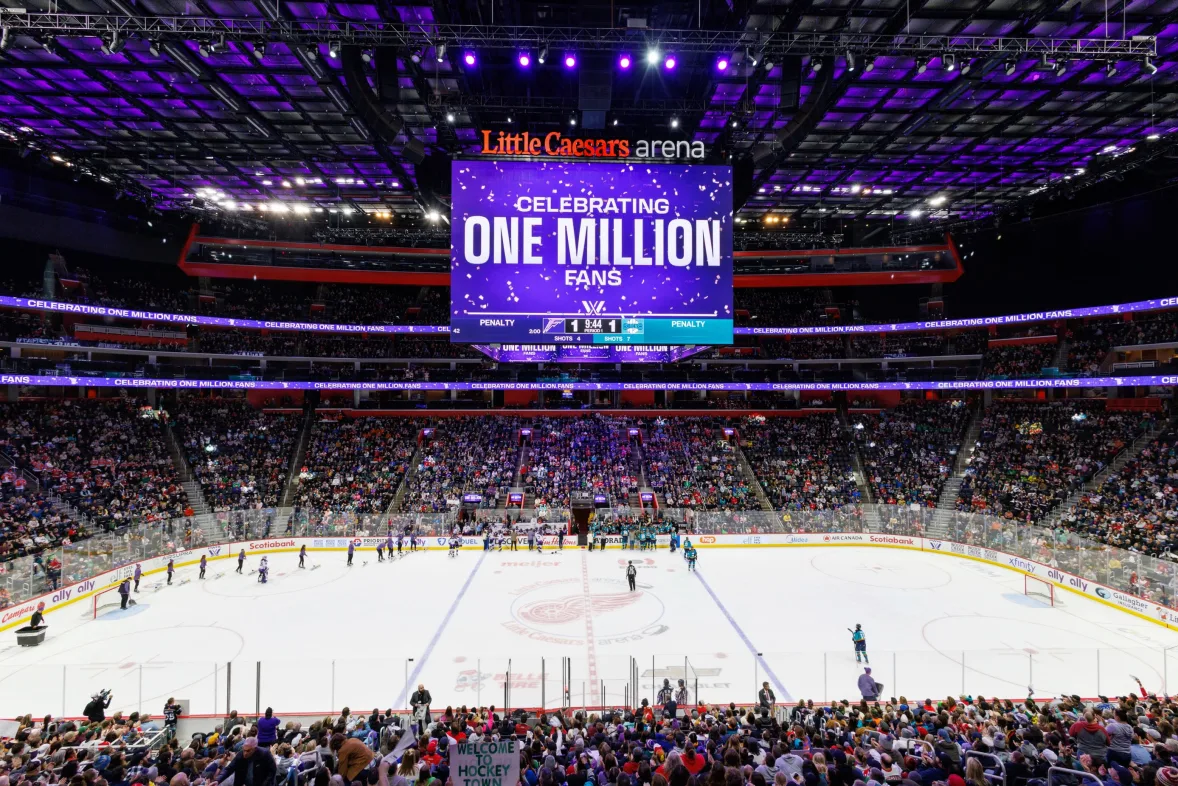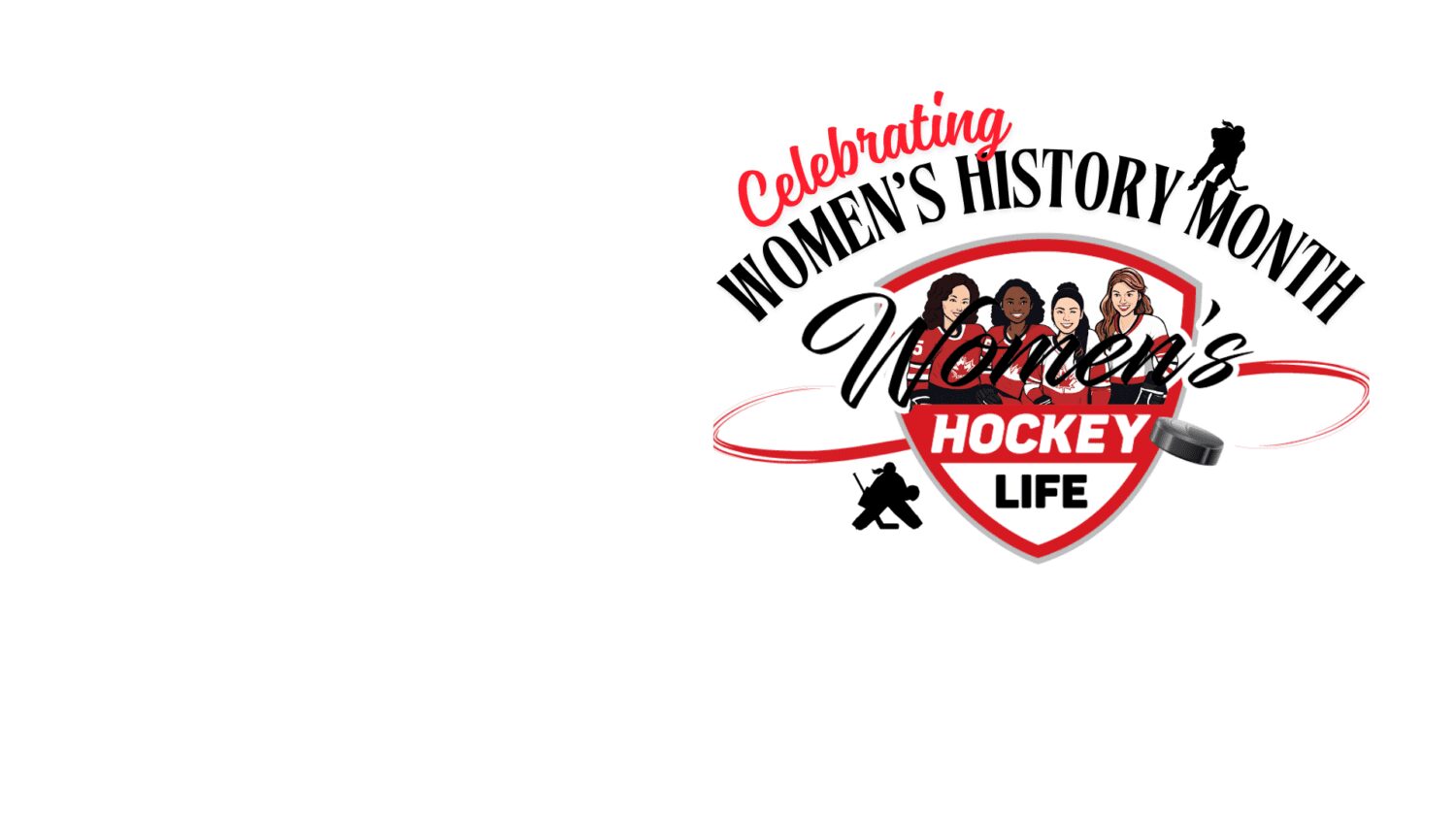Women’s sports have come a long way
Women’s sports have come a long way since the early 1960s, when I first donned a pair of skates. But we’ve got a long way to skate before we eliminate gender discrimination.
Let’s start off with pay inequality. In many ways, women’s sports are a small cultural microcosm that reflect the macrocosm of our society at large. Take a look at some stats from the larger picture: Statistics Canada has affirmed that, “According to data from the Labour Force Survey, women in Canada aged 15 and older earned $0.87 for every dollar earned by men in 2017, as measured by average hourly wages,” which “translate[s] to the equivalent of 47 days… women work without pay in 2018, assuming women worked the same number of hours as men in the year.”[i]
Meanwhile looking at pay inequality in the microcosm of women’s hockey, we find the same trend but on a larger scale. For example, when the CWHL folded in May 2019, it had an operating budget of $ 3.7 million CAD, and its players earned between $ 2,000 to $ 10,000 each depending on their seniority.[ii] In contrast, NHL players like Connor McDavid can make as much as $ 19 million CAD in a season. [iii] Taking the top salaries from both leagues, we get $ 0.0005 earned by the women for every dollar CAD made by the men.
Women’s hockey in the 1980s
But in 1980, the women’s situation was even worse — there was no professional league for female hockey players at all. There wasn’t even an official, sanctioned National Championship until 1982. Finding sponsorship for this Championship was no walk in the park either. The reluctance of private corporations, provincial governments, and the Canadian Amateur Hockey Association (Hockey Canada) to sponsor our tournament was again indicative of the underlying prejudice and discrimination our society still fostered.
In the end, it all comes down to the efforts of the media and the nagging subconscious values of our still very patriarchal culture. All speed and strength questions aside, the real reason many still claim that women’s sports are “less entertaining” than men’s is because female athletes are still chronically under-celebrated and underrepresented in the media. In many cases, the “hype” for the women’s game is simply not there, and this factor is independent of the skill level of female players.
Why is this the case?
It’s because more often than not, current professional women’s sports systems are in a cyclical trap: the female players and their teams do not receive the same funding, resources, playing opportunities, and media coverage as their male counterparts. This is because most of the high-level decision makers in sport business and sport media are old, sexist men (whether consciously discriminatory or not), who still harbor the prejudiced idea that women have no place in professional athletics.
Consequently, the lack of funding, resources, etc. forces elite female athletes to put energy into alternate financial support bases (aka working full-time and withholding from spending extra money on, for example, nutritionists, physiotherapists, mental performance classes, high-quality sports equipment, and other costly training resources).
Lacking these essential resources, and worn out by working full or part-time in addition to training often more than 30 hours a week, it becomes very difficult for elite women to reach their full potential. Thus, the slope of improvement in the quality of the game or athletic feats a woman produces rises more slowly compared to that of a male athlete who has access to full resources and funding. In other words, the women literally cannot achieve their full potential, but are being judged as if they had.
We would need to first implement a cultural shift…
If we were to reverse this cycle, we would need to first implement a cultural shift, one which would help society see the value in investing in women’s sports, not only for the sake of gender equality (because YES, we ARE deserving!), but also so young girls have something to aspire to (making them more inclined to be physically active), and so they can learn important life skills like teamwork, courage, dedication, and resiliency.
Moreover, if we were able to achieve a full cultural shift, the funding and resources provided alongside frequent and enthusiastic media coverage would allow elite women to make enormous advancements in their sports, making the quality of their game even more worth watching. This in turn would inspire more young girls of the next generation to take up the torch and pursue the sports we love, whether recreationally or professionally, and learn the skills needed to be more confident and competent female change-makers in society at large.
Rhonda Leeman Taylor was the chair organizer of the first ever Canadian Women’s National Championships in 1982, the first director of the Female Council, and the first woman to sit on the CAHA (Hockey Canada) Board of Directors. Rhonda is currently writing a memoir called “OFFSIDE” about her years as a player, coach, and administrator in women’s hockey, and the struggles and discrimination she had to overcome therein.
To learn more or to pre-order the book visit www.rhondaleemantaylor.com.
References:
[i]“The Gender Wage Gap and Equal Pay Day, 2018,” Statistics Canada, https://www150.statcan.gc.ca/n1/pub/89-28-0001/2018001/article/00010-eng.htm. Accessed 3rdAug. 2019.
[ii]“What’s in a year? Factoring 10 seasons of history into a CWHL base salary,” SBNation, Sept. 15th 2017, https://www.pensionplanpuppets.com/cwhl/2017/9/15/16299792/canadian-womens-hockey-league-pay-players-cwhl-stipend-salary-natalie-spooner-toronto-furies-moulson. Accessed 3rd Aug. 2019.
[iii]Badenhausen, Kurt. “The NHL’s Highest-Paid Players 2018-19: Connor McDavid On Top At $19 Million,” Forbes, Dec. 5th2018, https://www.forbes.com/sites/kurtbadenhausen/2018/12/05/the-nhls-highest-paid-players-2018-19-connor-mcdavid-on-top-at-19-million/#3593acd75871. Accessed 3rd Aug. 2019.
[adrotate group=”1″]
Related Articles
Categories
Recent Posts
[adrotate group=”2″]




